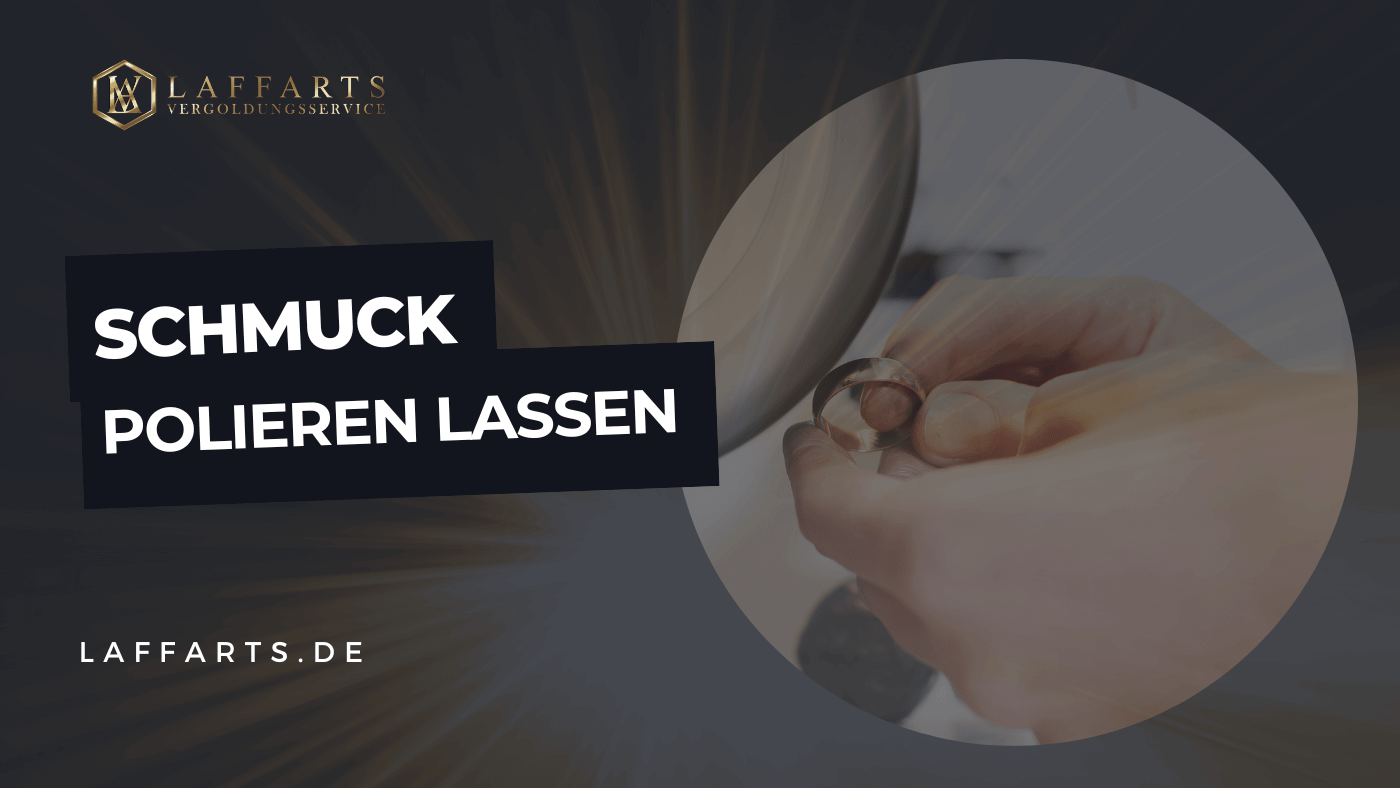You can have these metals gold-plated by us: An overview
We are pleased that you are interested in preserving and restoring special pieces.
Here we show you which metals you can have gold-plated with us and how to recognize them.
It is important to know that nowadays almost all materials can be gold-plated (by companies specializing in this field).
However, we specialize in gilding objects made from the following basic materials.
We gold-plate the following metals for you
stainless steel
Identifying characteristics: Stainless steel is comparatively easy to identify. One of its most striking features is its shiny, silvery surface. A practical method for identifying stainless steel is magnetic testing. Genuine, high-alloy stainless steel is generally non-magnetic. However, there are also low-alloy stainless steel grades whose magnetism may be more pronounced. This characteristic can be challenging for a layperson, but experienced metal detectives will be able to quickly spot the differences.
Silver
Identifying features: Silver has a bright, lustrous color and is often marked with an alloy mark, such as "925" for sterling silver. A key identifying feature of silver is oxidation. Pure silver tends to oxidize over time, especially in the presence of sulfur and oxygen, resulting in a blackish discoloration. This oxidation indicates the copper content in the alloy, which characterizes sterling silver. Authenticity tests can also be performed using the acid test, which uses a special testing acid.
Brass
Identifying features: Brass is characterized by its golden, shiny surface. It is an alloy of copper and zinc, which gives it its distinctive color. A key identifying feature is the sound test: When struck or tapped on brass, it produces a clear, bright tone that is unique to this material. Brass is less hard than gold, which can be verified by simple mechanical tests such as scoring or pressing.
copper
Identifying features: Copper exhibits a characteristic reddish color that is very striking and easy to identify. Copper can also be easily identified through scratch and rub tests, as these tests reveal a certain softness that is typical of copper. With prolonged exposure to air and water, copper oxidizes and forms a green patina known as copper oxide or verdigris. This oxidation reaction can also be deliberately induced to identify authentic copper.
platinum
Identification: Platinum is one of the heaviest precious metals and has a very bright, white luster that immediately distinguishes it from other metals. Genuine platinum products are usually stamped with a platinum mark, such as "950 Plat," which indicates its high purity. Due to its high specific gravity and resistance to tarnishing and corrosion, platinum is considerably heavier and more durable than other precious metals.
palladium
Identification: Palladium looks very similar to platinum, with its bright, silvery color. An easy way to distinguish palladium from platinum is by weight: palladium is noticeably lighter than platinum. Palladium also has exceptional resistance to tarnishing and, like platinum, is often used in jewelry making. Another identifying feature can be the hallmark present on palladium products.
Low-alloy gold jewelry
Identification: Low-alloy gold jewelry often has a hallmark indicating the gold fineness, for example, "375" for 9-karat gold. The color of low-alloy gold can vary, but it typically has a yellowish hue. Low-alloy gold differs from higher alloys in hardness and luster, which can be verified through mechanical testing. Furthermore, similar to silver, authenticity can be determined through acid testing.
We reject the following materials
It's also important to know which metals aren't suitable for gold plating in our workshop. Due to their chemical properties, we can't personally gold-plate the following metals for you, but we would be happy to refer you to our extensive network of partner companies if necessary.
- aluminum
- tin
- zinc
- molding
- titanium
- plastic
- 3D printing
- Plant
- PVD coated objects
- Painted surfaces
- Clothing
- Ceramic
- Carbon
- tungsten
Conclusion
We can gold-plate a wide variety of items made from common metals. If you're unsure of the metal your pieces are made of, we'll be happy to help.
Contact us for a free consultation or bring your piece to us in person to learn more about the gilding process!
We are ready to answer your questions and provide you with an informative basis.



